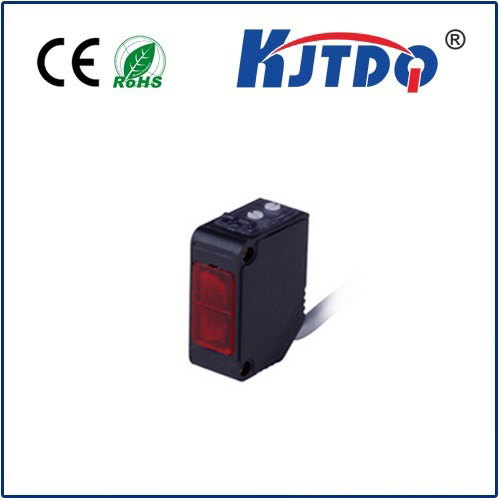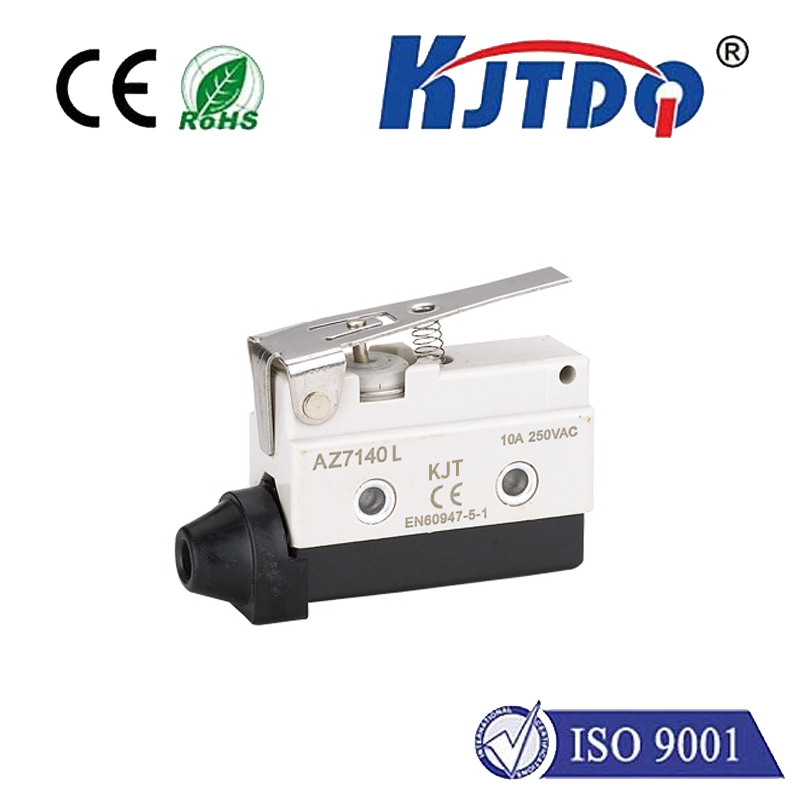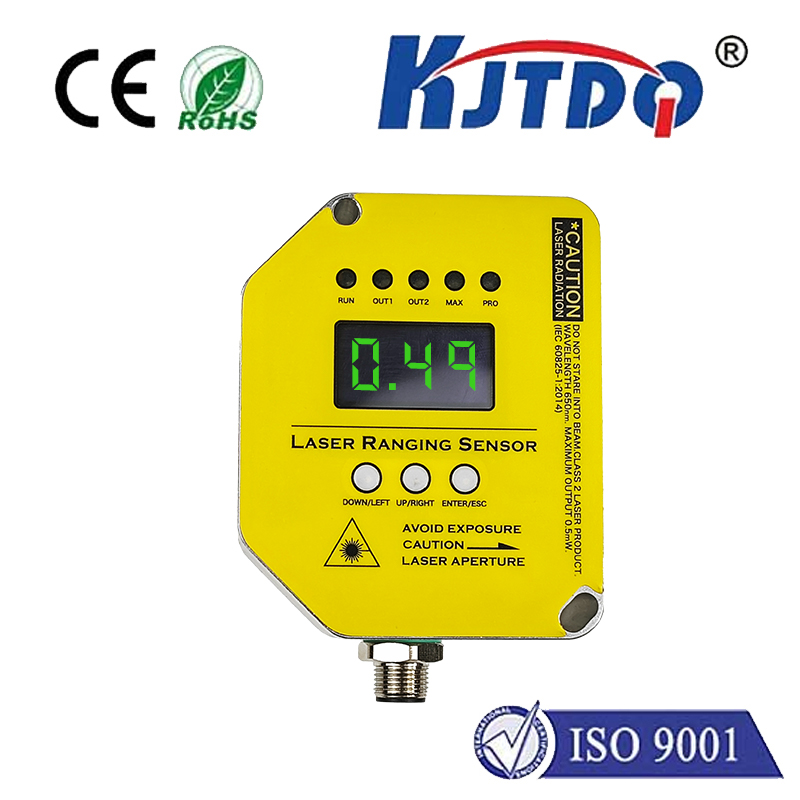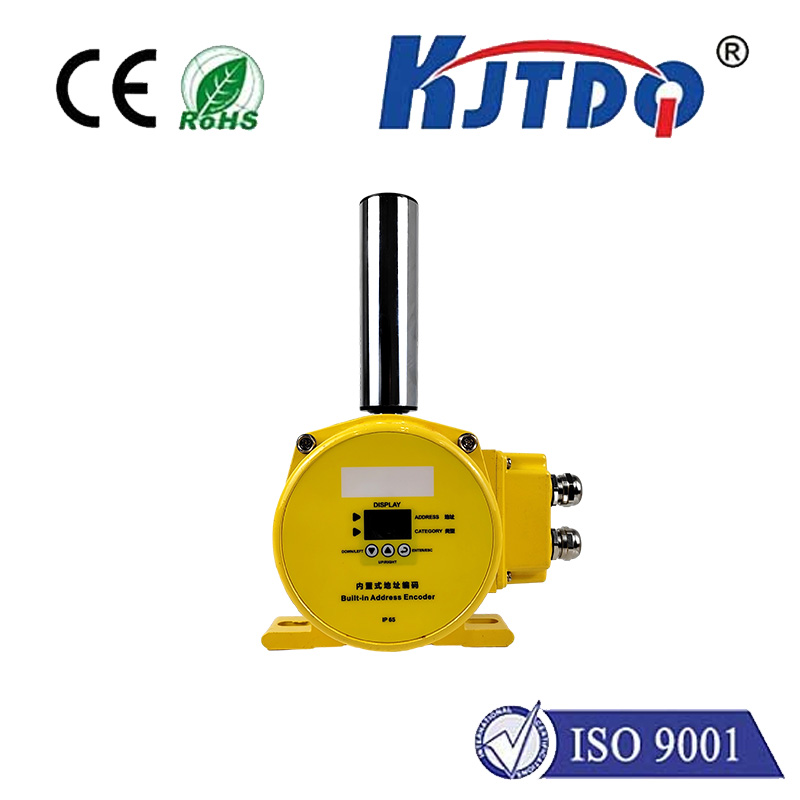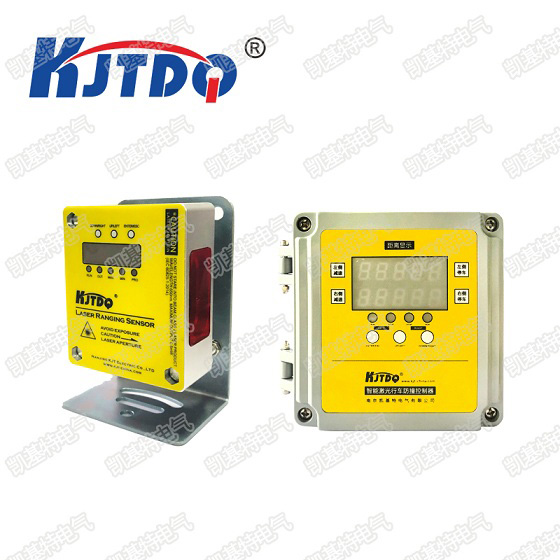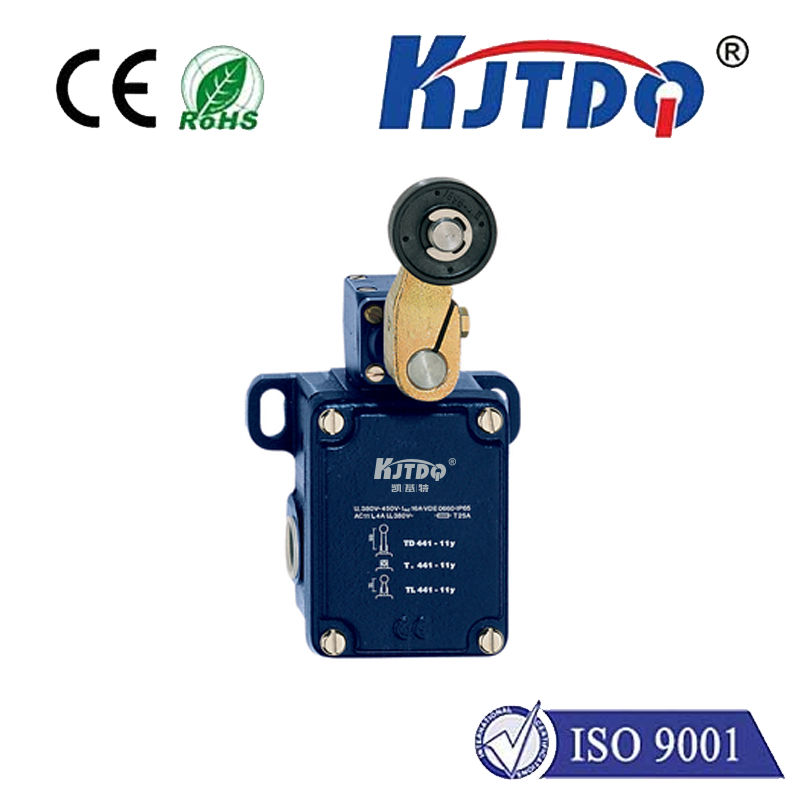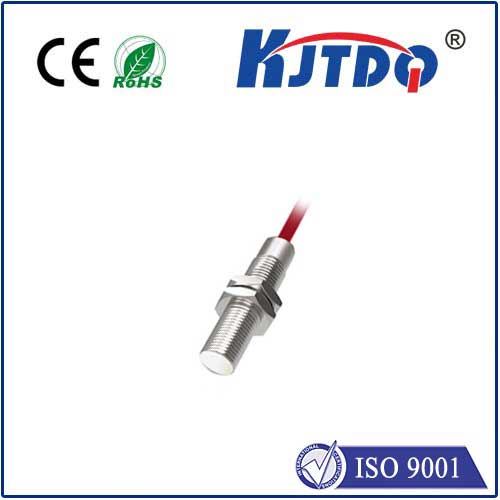reed proximity switch
- time:2025-06-21 00:00:20
- Click:0
Reed Proximity Switches: The Ultimate Guide to Magnetic Sensing Technology
Imagine a component silently orchestrating critical functions: ensuring your car door is truly shut before driving, guaranteeing industrial safety doors are secure before machinery starts, or verifying the position of vital medical equipment. This unsung hero, often overlooked yet remarkably reliable, is the reed proximity switch. More than just a simple switch, it’s a marvel of magnetic sensing technology offering robust, contactless detection in countless applications.
Demystifying the Reed Switch: A Magnet’s Dance
At its core, a reed proximity switch operates on elegantly simple physics. The heart is the “reed element”: two thin, ferromagnetic contact blades (typically nickel-iron alloy) hermetically sealed within a small glass tube filled with inert gas. This hermetic sealing is crucial, protecting the sensitive contacts from external contamination like dust, moisture, and corrosive vapors – a key factor in their legendary reliability.
How does this simple device detect proximity without touching anything? The answer lies in magnetism.

- The Magnetic Field Influence: When an external permanent magnet or electromagnet approaches the reed switch within its specified operating range (proximity distance), it creates a magnetic field.
- Magnetic Attraction: This magnetic field magnetizes the ferromagnetic reed blades.
- Contact Closure (or Opening): The magnetized blades are drawn together by magnetic force, bending until their contacts meet, completing an electrical circuit. In a normally closed (NC) configuration, an approaching magnet would open the contacts. This fundamental action transforms magnetic presence into an electrical signal – contactless switching.
The Compelling Advantages: Why Choose Reed Proximity Technology?
Reed proximity sensors boast a unique combination of features that make them indispensable in many fields:
- Extreme Reliability: The sealed construction shields the contacts from environmental hazards. With no moving parts beyond the reeds themselves (which flex minimally), wear and tear are minimal, leading to exceptionally long service life – often millions of operations.
- Zero-Power Sensing: Crucially, the reed switch itself requires no internal power to operate. It’s activated purely by the external magnetic field. The circuit it controls needs power, but the sensor element consumes none while waiting for activation. This makes them perfect for battery-powered applications.
- Consistent Performance: Reed switches offer highly consistent operate and release points (the specific distances where the magnet causes the switch to engage/disengage). Their switching characteristics remain stable over time and temperature variations.
- Electrical Isolation: The glass envelope provides excellent electrical isolation between the switch contacts and the external environment, enhancing safety in many circuits.
- Compact Size: Miniaturization is a significant trend, and modern reed proximity switches can be incredibly small, fitting into tight spaces where other sensor types cannot.
- Fast Switching: Magnetic actuation is inherently fast, allowing for quick response times when detection occurs.
- Dry Contact Switching: The contacts operate in a clean, dry environment, resulting in very low contact resistance when closed and exceptionally high resistance when open. They switch very low voltages (micropower logic) and signals (like telecom relays) extremely well.
Where the Magic Happens: Diverse Applications of Reed Proximity Switches
The unique blend of contactless operation, reliability, low power consumption, and environmental resilience makes reed switches ubiquitous:
- Automotive: Door ajar sensors (cabin lights), hood/trunk sensors, brake light switches, gearbox position sensing, seatbelt detection, window position limits.
- Security & Access Control: Door/window contact sensors in alarm systems, magnetic locks, cabinet tamper detection, gate status monitoring.
- Industrial Automation: Position detection of cylinders, valves, clamps, and actuators. Overspeed detection on rotating shafts using magnetic markers. Safety interlock switches on guards and doors. Level sensing in tanks via float magnets.
- HVAC Systems: Damper position sensing, filter status monitoring.
- Consumer Appliances (White Goods): Lid/door switches on washing machines, dryers, dishwashers, refrigerator door alarms. Water level sensing.
- Medical Devices: Detecting position in infusion pumps, dialysis machines, hospital bed adjustments, monitoring covers on sensitive equipment.
- Telecommunications & Electronics: Historically used extensively in telephone exchange relays, still vital in numerous low-power, isolated switching tasks within circuits and test equipment.
- Building Automation: Monitoring window positions, blind/curtain controls.
Reed Proximity Switches vs. Other Proximity Sensors: Understanding the Landscape
While reed switches excel in many areas, understanding their position relative to other technologies is key:
- Inductive Proximity Sensors: Detect conductive metal targets via electromagnetic fields. Great for detecting ferrous/non-ferrous metals without needing a magnet mounted on the target. Typically require power, have shorter sensing ranges than reed+mag setups, and may not operate well with non-metals. Can be larger and generate heat.
- Capacitive Proximity Sensors: Detect nearly any material by sensing changes in capacitance. Excellent for liquids, powders, plastics, and wood. Require power, can be sensitive to environmental changes (humidity), and have shorter ranges. Susceptible to false triggers.
- Optical Proximity Sensors (Photoelectric): Use light beams (visible or infrared). Capable of longer ranges and very precise detection. Require power. Performance can be significantly degraded by dirt, dust, fog, ambient light interference, and the color/reflectivity of the target.
- Hall Effect Sensors: Like reed switches, detect magnetic fields. These are solid-state devices (no moving contacts) outputting a variable voltage or digital signal. Require power. Offer high-speed switching and precise position feedback. Lack the simple, isolated dry contact of a reed switch. Overkill for basic on/off detection needs.
The reed proximity switch shines where its core strengths are paramount: situations demanding ultra-reliable, magnetically triggered, low-power or micropower dry-contact switching, particularly in harsh or dirty environments where optical sensors might fail, or where the simplicity and galvanic isolation of a passive switch are critical for safety or circuit design. Their zero-power standby is unmatched for battery-critical applications.
Key Considerations in Selection and Implementation
Choosing the right reed proximity switch involves several factors:
- Switching Configuration: Normally Open (NO), Normally Closed (NC), or Changeover (SPDT). NO is most common for proximity detection (closes when magnet approaches).
- Operating Distance (Sensitivity): How close must the magnet be to actuate the switch? Determines the required magnet strength and size.
- Contact Rating: The maximum voltage and current the switch contacts can safely handle. Critical for sensor integration into control systems. Exceeding ratings leads to premature failure.
- Magnet Requirements: The strength, size, orientation (polarity), and type (permanent, electromagnet) of the magnet significantly impact performance and operating distance. Air gap (distance between magnet surface and switch surface) is crucial.
- Form Factor and Mounting: Switches come in diverse sizes and shapes (cylindrical, rectangular, surface mount






